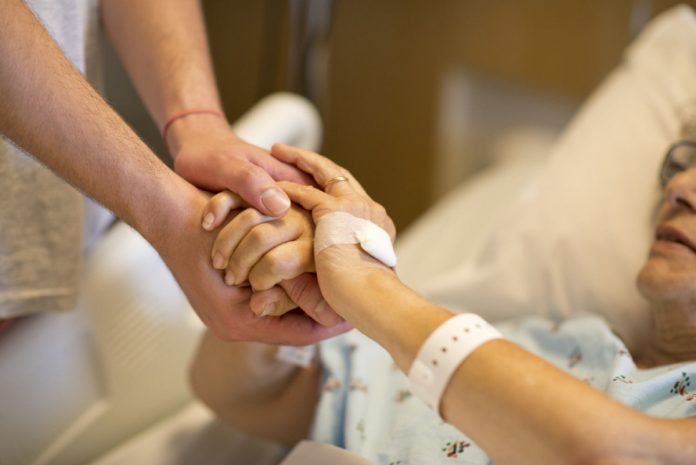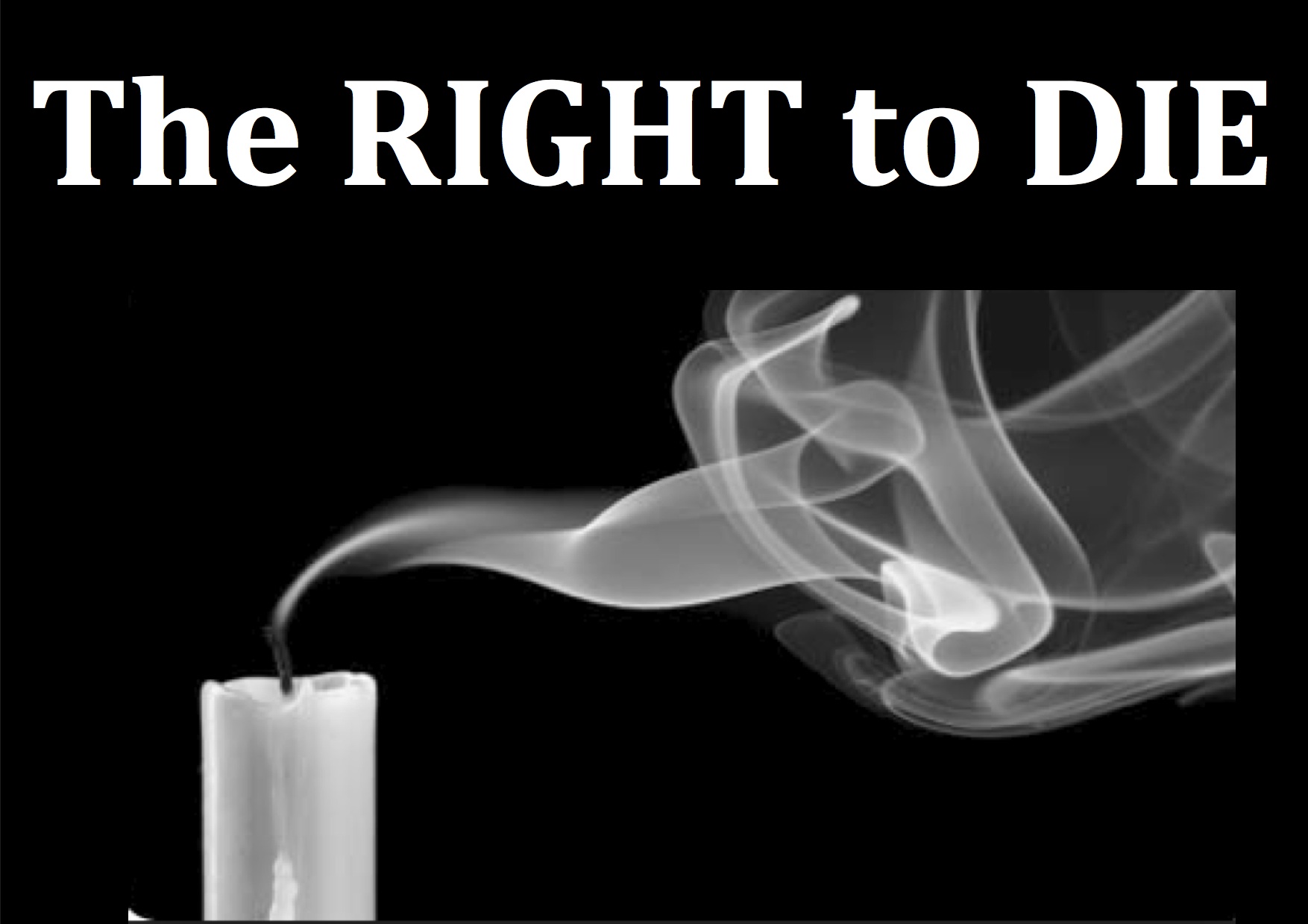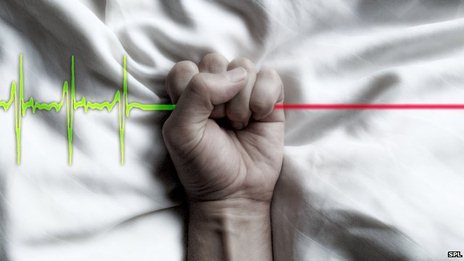This article is written by Aparna Jayakumar, a law student at Guru Gobind Singh Indraprastha University. This article examines the legalization of assisted suicide or famously known as euthanasia.
Table of Contents
Introduction
“Euthanasia is simply to be able to die with dignity at a moment when life is devoid of it.”
-Marya Mannes
Euthanasia is described as the act of deliberately ending a person’s life at his or her request, performed only by a physician. As a result, the lethal agent is administered by the physician. On the other hand, in physician-assisted suicide (PAS, hereinafter), an individual self-administers a lethal drug administered by a doctor. Euthanasia is currently legal in the Netherlands, Belgium, and Luxembourg. PAS is also legal in the Netherlands and Luxembourg.
The states of Oregon and Washington approved PAS in 1997 and 1999, respectively, but euthanasia remains illegal in the United States. After nearly 30 years of public discussion, euthanasia and assisted suicide were officially legalized in the Netherlands in 2001. The Royal Dutch Medical Association has collaborated with the country’s judicial system to establish and adapt protocols and procedures for conducting and regulating euthanasia since the 1980s.
It is important to note that not everyone or everyone can use their right to assisted suicide under the legislation; some conditions must be met to use this law. Someone who can affirm a terminal illness of six months or less to live must be mentally stable, one may willingly seek a prescription to end their life until this condition is met. This is the concept behind assisted suicide: it gives terminally ill people power, dignity, and peace of mind in their final days.
Thin line difference – assisted suicide, assisted dying and euthanasia
Assisted suicide entails assisting someone in taking their own life at their request – in other words, the person so requested does the ultimate act (taking the life of such person). People sometimes confuse the terms assisted dying and assisted suicide, but assisted suicide and assisted dying are not the same. There is a distinct difference between assisting someone who is terminally ill and assisting someone who is not.
- Assisted dying gives terminally ill patients control over the manner and timing of their death. It would provide terminally ill adults with safeguarded choice and control, preventing prolonged suffering among these dying adults who want to choose how and when they die. And even ensure that terminally ill adults who receive assistance die to do so after meeting specific predetermined criteria and having exhausted all other options.
- Assisted suicide allows people who are not terminally ill to choose death over life.
Assisted death can apply to both voluntary euthanasia and assisted suicide; however, some advocacy groups use it exclusively to refer to assisted suicide for terminally ill patients. Compared to euthanasia, assisted suicide is more widely accepted. Switzerland and several US states, including California, Colorado, Hawaii, New Jersey, Oregon, Washington, Vermont, and the District of Columbia, are among the places where people can choose to end their lives in this manner. Laws allowing for assisted suicide went into effect in the Australian state of Victoria.
Euthanasia is the intentional termination of a life to relieve suffering, such as a lethal injection administered by a doctor. Euthanasia is illegal in England and is considered manslaughter or murder. The concept of euthanasia stems from the right to live a dignified life. The origins of the concept of euthanasia, as well as its legalization, have been a source of controversy around the world. In this sense, no countries have reached an agreement. Although euthanasia and physician-assisted suicide are illegal in many nations around the world.
It is reasonable to assume that such a circumstance will confront the individual, that his family and medical science will fall to their knees and become useless as a result of medical restrictions and the tragic situations that surround them. In such a bad circumstance, where the patient is in constant pain and remorse, the patient generally is begging for his death because it is so much easier than living. Thus, euthanasia is the purposeful act of ending or assisting in ending a person’s life for his betterment and lesser suffering.
There are a few types of euthanasia approved by the Senate Selection of Bills Committee:
- Active voluntary euthanasia – where the medical intervention takes place, at the patient’s request, to end the patient’s life
- Passive voluntary euthanasia – when a patient’s medical care is withdrawn or withheld at the patient’s request to end the patient’s life.
- Non-voluntary euthanasia – when a patient’s medical care or life support is withheld or discontinued without the patient’s consent to end the patient’s life.
Active euthanasia is the use of a fatal drug or forced to kill, while passive euthanasia requires the withholding of life-sustaining therapies such as antibiotics.
However, in the case of Aruna Ramachandra, on 9 March, 2018, the Supreme Court of India, passed a historic judgment law permitting passive euthanasia in the country and also briefly explained two types of euthanasia are discussed: Active and Passive.
- Passive euthanasia is defined as the intended death of a person by the withdrawal of preventive measures, and active euthanasia is defined as the intentional death of a person through active involvement.
- Active euthanasia is prohibited and cannot be done without legislation, according to the court, although passive euthanasia can be done without it.
Objections to the legalization of assisted suicide
The two major objections are as follows:
1. Assisted suicide is a lethal combination with our dysfunctional, profit-driven healthcare systems:
Financial pressure still plays a great role in many, if not all, healthcare decisions. Direct intimidation is not needed in this situation. If insurers refuse to approve or even postpone approval of costly life-saving procedures that patients need, the patient will be steered into assisted suicide, if it is legal.
2. Assisted suicide is unsafe for people with disabilities, as well as many others in vulnerable situations:
Many issues assisted suicide poses for individuals with developmental disorders. Numerous studies show that suffering is rarely a factor in people choosing assisted suicide.
The need for legalization and its benefits
Every person should be able to exercise his or her right to life. The right to life is guaranteed under both Article 21 of the Indian Constitution and Article 3 of the 1948 International Convention on Human Rights. Every component of the right to life has always been open to judicial review and is based on facts and circumstances. Under this category, the right to die is also asserted.
The arguments in favour of legalizing euthanasia/PAS are compelling. PAS supporters see it as a compassionate act toward the terminally ill patient. They believe that the patient and family should not be forced to suffer through a long and painful death, even if suicide is the only way to end the suffering. According to proponents of PAS, it becomes ethical and justified when a terminally ill patient’s quality of life is so low that death is the only justifiable way to relieve suffering. The absence of any justifiable means of recovery, as well as the dying patient’s decision to end his life, are conditions that make euthanasia more justifiable.
The legalization of PAS, according to advocates, is a natural extension of patient autonomy and the right to choose which treatments are accepted or refused. Arguments in favour of legalizing PAS typically assume that requests for PAS are “rational” decisions, given the circumstances of terminal illness, pain, increased disability, and fears of becoming a burden to their family and friends. Given the possibility that these symptoms and circumstances will not be alleviated, even with aggressive palliative care and social services, the decision to hasten death may appear rational. Proponents of euthanasia also criticize the court’s and religious organizations’ “artificial and impractical” distinction between active and passive euthanasia.
Withdrawal of life support, the traditional form of “passive” euthanasia, actually involves taking an “active” step to hasten the death of a terminally ill patient, and it is the patient’s consent that gives the act legitimacy. If a physician administers a lethal dose of injection after receiving similar consent, there is no reason why this action should be considered illegal or immoral. Furthermore, including one’s physician in carrying out a decision to end one’s life can be seen as an extension of terminally ill patients’ natural reliance on their doctors for most aspects of their illness, as well as a reasonable mechanism to ensure that they do not become more disabled and burdensome to their family or friends by attempting suicide unsuccessfully. (causing a persistent vegetative state or increased disability).
The possible abuse of assisted suicide
Some people are concerned that if PAS is legalized, it would be abused. However, when such legislation is enacted, all the other related factors must be in place to ensure that the law is not being exploited.
If the courts decide to legalize PAS in India in the future, psychiatrists may be called in to assess mental competence, mental health, and determine whether a person is suitable for PAS. The opposition to the legalization of PAS and/or euthanasia has come from a variety of angles. The medical profession is guided by a desire to heal and lengthen life, as highlighted regularly in the editorial pages of major medical periodicals. The possibility that a physician may directly hasten the death of a patient – one whom the physician has presumably been treating in the hopes of extending and improving life – goes against the medical profession’s basic principle.
Professional psychiatric and psychological training reinforces the belief that suicide should be avoided at all costs from a mental health standpoint. Several studies have found a link between mental disorder (e.g. depression) and PAS interest, implying that suicidal ideation in terminally ill patients is a symptom of undiagnosed and untreated mental disease.
As a result, medical compliance with a suffering patient’s expressed a wish for PAS may prevent effective psychiatric care from being provided. Similar arguments have been made in the past about pain and physical symptoms, implying that PAS requests are a sign of poor palliative care. Even though poorly managed physical and/or psychiatric symptoms may be at the root of a patient’s desire for hastened death, if PAS is legalized, physicians may unwittingly participate in PAS designed to alleviate precisely these symptoms that could be better managed with better palliative care rather than proper medical management.
The cultural, religious, and economical roots behind the diverse opinions on assisted suicide held by diverse sections of society have received insufficient consideration. According to recent research, cultural variations may explain some inequities in assisted suicide
Assisted suicide and its future
It could be argued that in a country where basic human rights are frequently ignored, illiteracy is widespread, more than half of the population lacks access to safe drinking water, people die every day from infections, and medical assistance and care are scarce, issues like euthanasia and PAS are irrelevant. On the other hand, India is a diverse country in terms of religious groupings, educational attainment, and culture. In this context, the argument about euthanasia in India is more perplexing, as the country also working towards having better legislation.
Passive euthanasia was allowed by the Supreme Court in a landmark decision of Aruna Shaunbaug. A two-judge bench refused to kill Aruna Shaunbag, who had been in a vegetative condition in a Mumbai hospital for 37 years, and instead set forth a set of strict rules under which passive euthanasia may be approved through a high-court controlled process. The court went on to explain that the patient’s parents, spouses, or close relatives can submit such a request to the High Court. On receiving such a petition, the chief justices of the high courts would convene a bench to hear it.
In 1997, the 156th Legislation Commission issued a report that upheld the legality of criminalizing suicide and credited medical research and law. It supported the decision in the Gian Kaur case, as well as the legality of the Penal Section, and extended the argument by citing prevalent societal problems such as drug and human trafficking, the prevalence of terrorism, and individuals who tried suicide as a result of these occurrences.
In its 210th Report in 2008, the Law Commission advocated the decriminalization of Section 309 of the IPC, which punishes those who attempt to commit suicide. It also suggested changes to the IPC. The nation hailed the Mental Healthcare Laws in 2017, which repealed the old act and decriminalized the “attempt to suicide” part.
Conclusion
Medical science is progressing in India, as it is in the rest of the globe, and we now have devices that can artificially prolong life. This may inadvertently extend terminal pain and prove to be extremely costly for the subject’s families. As a result, end-of-life issues are becoming major ethical concerns in India’s modern medical research. In India, as in the rest of the globe, proponents and opponents of euthanasia and PAS are active. The Indian legislature, on the other hand, does not appear to be concerned about these issues. The landmark decision of the Supreme Court has given pro-euthanasia supporters a big boost, albeit there is still a long way to go before it becomes legislation in the legislature. Moreover, the constant fears of its abuse remain a key concern that must be addressed before it becomes law in our country.
References
- https://www.ncbi.nlm.nih.gov/pmc/articles/PMC3070710/
- https://advocatespedia.com/Legalization_of_assisted_suicide:_What_precautions_should_be_taken_to_avoid_abuse_and_mistakes%3F
- https://www.theweek.co.uk/102978/countries-where-euthanasia-is-legal
- https://www.theguardian.com/news/2019/jul/15/euthanasia-and-assisted-dying-rates-are-soaring-but-where-are-they-legal
- https://www.wionews.com/photos/countries-where-euthanasia-assisted-suicide-is-legal-281943#spain-371508
LawSikho has created a telegram group for exchanging legal knowledge, referrals, and various opportunities. You can click on this link and join:
https://t.me/joinchat/J_0YrBa4IBSHdpuTfQO_sA
Follow us on Instagram and subscribe to our YouTube channel for more amazing legal content.












